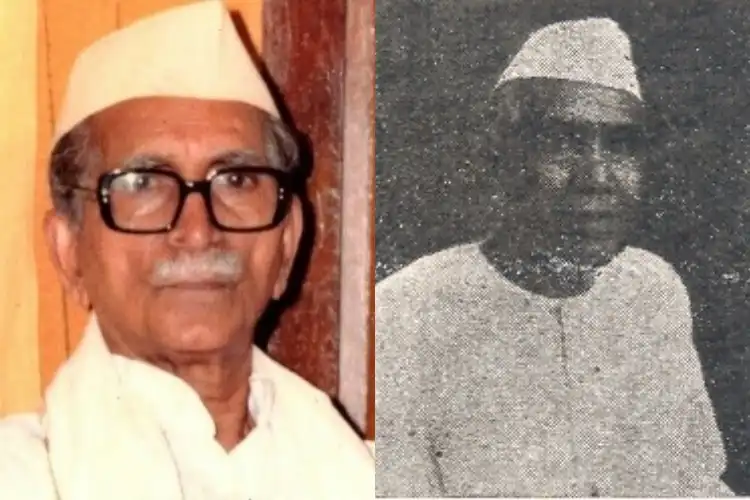 Saquib Salim
Saquib Salim
On 13 April 1938, the Government of British India registered a protest with Reuters news agency for publishing a piece of news that was “very objectionably anti-British”. In reply, J. Turner, Managing Director of Reuters had to admit, “the misgiving you (the British Government) express is justified” and assured, “this is not a matter I can treat lightly”.
What was this ‘news’ for which the British Government was so concerned that the Secretary of State called upon the Viceroy to explain the matter? The news in question was published in The Hindustan Times on 13 April 1938, with the headline “Union Jack Over Assembly Sector”. It claimed that two Indian Members of the Legislative Assembly in Delhi had pulled down the Union Jack over the Assembly. These brave Indians were Mohanlal Saksena from Barabanki, U.P and Professor N. G. Ranga from Guntur, A.P.
A Slice Of History
The Hindustan Times published a statement of Mohanlal that read: “As one pledged to the creed of complete independence for my country, I have nothing to do with the emblem of British Imperialism, viz. - The Union Jack. Still, I am fully alive to the fact that until India has completely shaken off British Imperialism, we cannot help using places decorated with Imperialist symbols and designs.
"But the idea of hoisting the Union Jack on the Assembly sector only while the Legislative Assembly was sitting, and that also,without the assent of the President of the Assembly appears to me simply repulsive.” Mohanlal further said,
“After the reply of the Commerce Member and refusal of the President to examine the question, we felt impelled to haul down the flag at a time while the Assembly was sitting to show that it had nothing to do with the Legislative Assembly.
The newspaper clipping about Mohan Lal Saxena's statement
“Prof. Ranga and I went to the roof and I did haul down the flag. While bringing down the flag we did not doubt that it would be re-hoisted and either a police guard would be posted on the roof or the roof would be made inaccessible to the members of the Assembly.
“That is exactly what we desire - that the World should know that the flag was there with the help of a policeman or was flying at a place which has ceased to be a part of the Legislative Assembly. For, to no part of a building of Parliament can a member of Parliament be denied access - it is a practice in the British Parliament.”
This was a huge embarrassment for the British Government and the questions were raised in London. The Secretary of State for India had to ask the Viceroy for details.
Interestingly to save face, Viceroy replied to the Secretary, “On or about April 11th flag above Assembly Sector of Council House was found lowered through the breaking of strings which appeared accidental.” Viceroy claimed that Mohanlal Saksena’s testimony could not be believed and Congress leadership was not supporting him.
Interestingly, Prof. Ranga had already warned the British of his intentions. A day before, in the Assembly, he had asked Zafarullah Khan, who was on the Council of Viceroy then, if “Is it permissible for any of the members of the Assembly to remove that flag (Union Jack) from there?” To which Zafarullah replied, “the members do not own the house.”
The whole episode caused a major embarrassment to the British Government on the International stage and they did not miss the fact that it was the first session of the Legislative Assembly since the return and ascent of Netaji Subhas Chandra Bose to the Presidentship of the Indian National Congress. Ranga was one of the most important leaders of peasants in India and was considered close to Netaji’s faction within Congress.
Since they would not admit that Mohanlal and Ranga did take down the flag, no legal action could be initiated.

 Saquib Salim
Saquib Salim.png)
